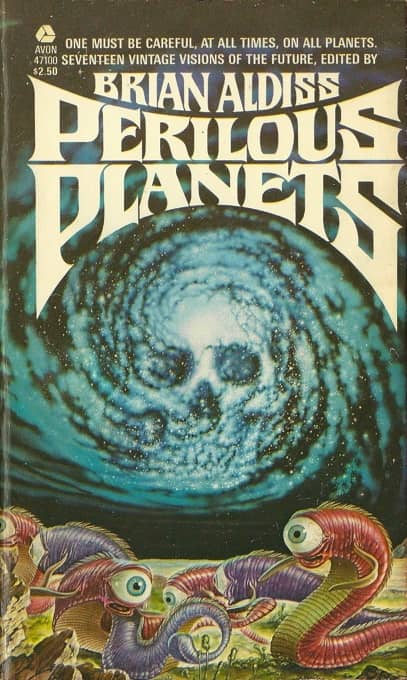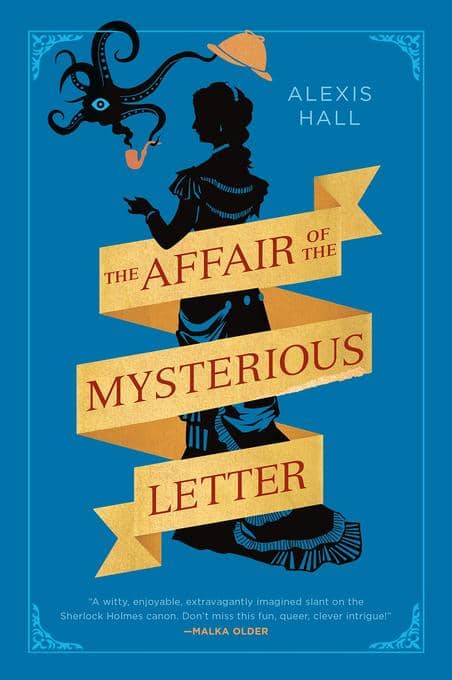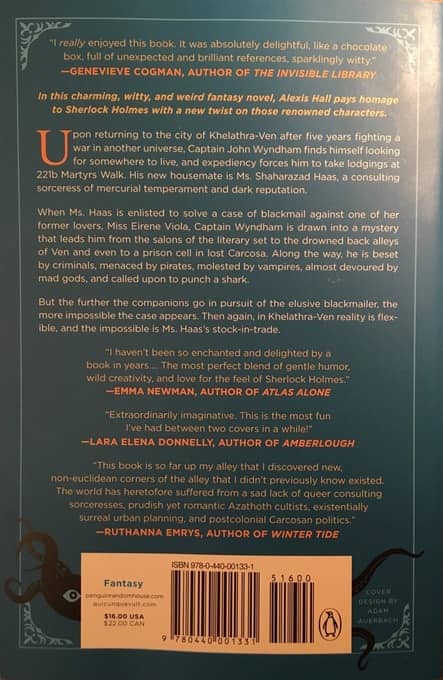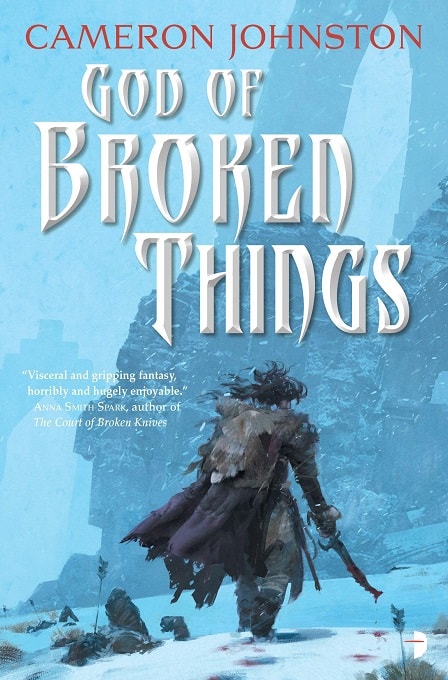New Treasures: The Ragged Blade by Christopher Ruz
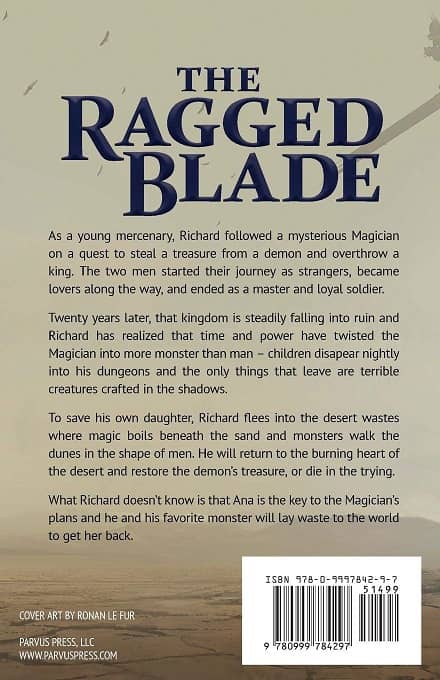 |
 |
Back in January I wrote about a conversation Colin Coyle, co-founder of Parvus Press, and I had in a bar at the World Fantasy Convention. One of the upcoming titles he told me about was The Ragged Blade, the debut fantasy novel from Christopher Ruz. The book’s editor, Kaelyn E. Considine, was kind enough to send me a copy of the finished book, and it looks fantastic. In an article titled “Why I Love The Ragged Blade” on the Parvus website, Colin pulls back on the curtain on how a small press acquires a book like this one.
One of the first books that was ever submitted to us was Century of Sand by Christopher Ruz. It was a previously self-published book that Ruz had released years prior. The book had some very positive reviews, but Ruz wasn’t sure how to go about selling it to a broad audience. He wanted to know if we wanted to pick it up and re-release it… Century of Sand was a tautly-paced book. It was a violin string on the verge of snapping. It was the work of a guy who was going to be a master at managing the rise and fall of mood, tension, and action in a book. But it wasn’t yet the best book it could be… when the Parvus team met to go through acquisitions, we all agreed we weren’t ready to take on the complexities of a re-release.
Two years later, Ruz sent me a brand new novel that he was querying… I called him right away and told him I thought it was time for us to tackle that Century of Sand challenge together and he readily agreed. It was a weird path to a publishing deal; I reject the book and then, two years later I end up buying it because of an entire different manuscript he sent. But publishing is a weird business, I’m a weird guy, and some of the best things in life are weird. Like pudding or bergamot.
So we picked up Century of Sand, Ruz threw away the opening third of the book, combined major characters, eliminated sub-plots, and all-but-completely rewrote anything that remained. And what we ended up with was The Ragged Blade, Book One of the Century of Sand by Christopher Ruz… I love this book. I love the broken father/daughter journey, the way this book is both expansive and intimate at the same time, and how every page of The Ragged Blade is a carefully composed work of true craft.
The Ragged Blade was published by Parvus Press on June 4, 2019. It is 459 pages, priced at $14.99 in trade paperback and $7.99 in digital formats. The cover is by Ronan Le Fur. See our previous Parvus Press coverage here.

